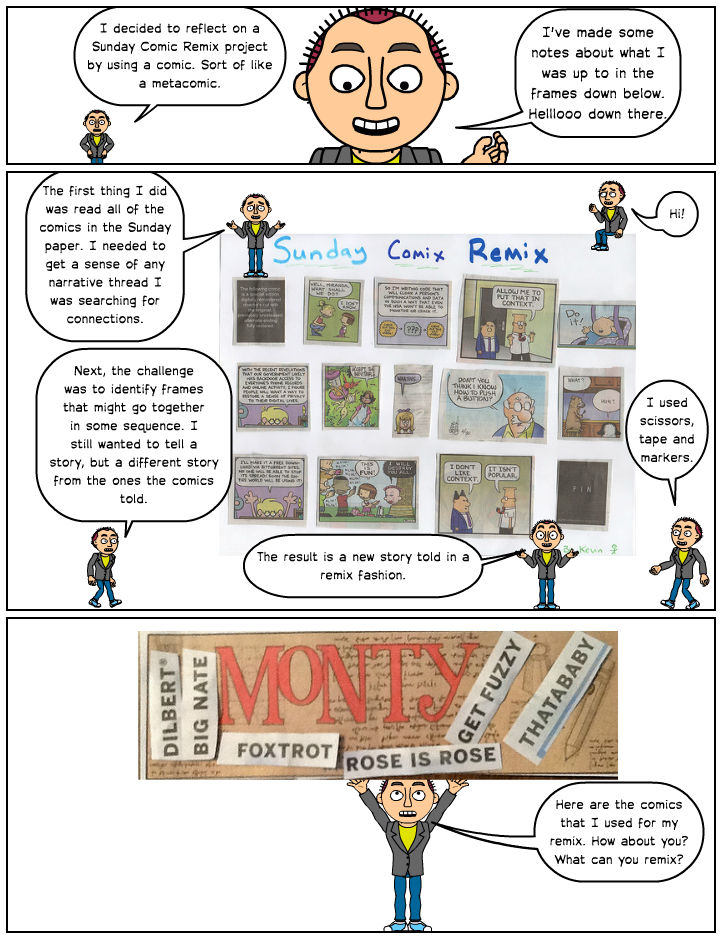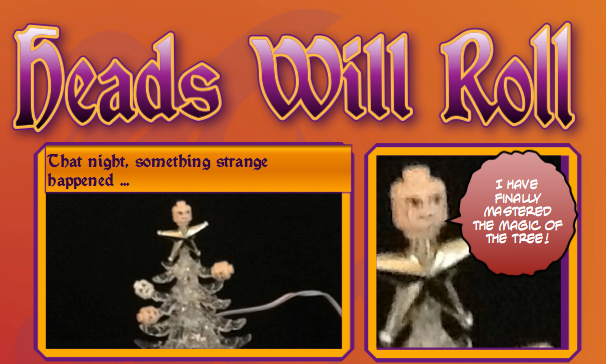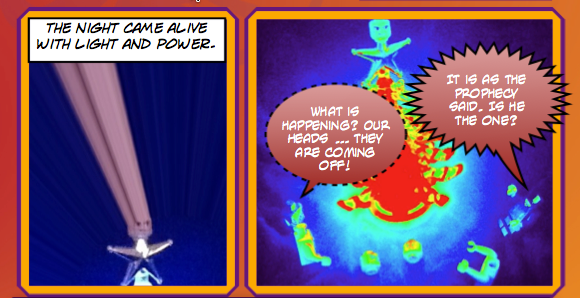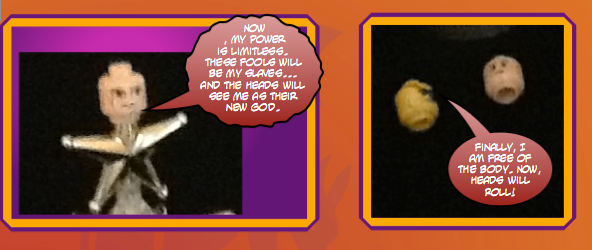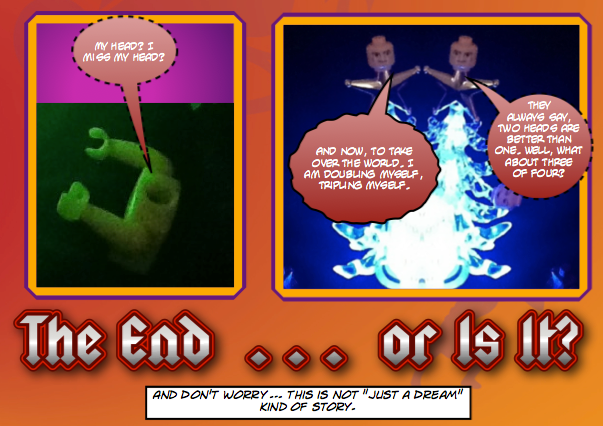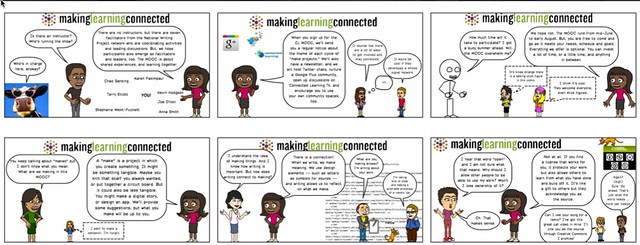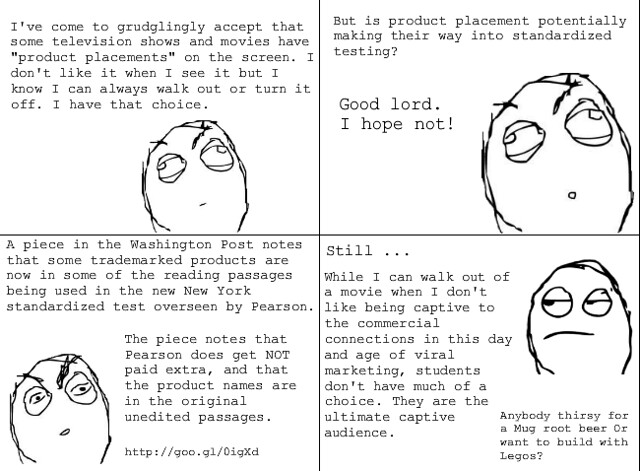
Well, I have to admit: I was pretty surprised to see the line of people waiting to get into our local comic book store yesterday for Free Comic Book Day (which fell on the May the Fourth Be With You Day, too, so the geeky stars aligned). My 8 year old son and I rounded the corner, timing our visit right for when the store would open because I knew he would not want to wait, only to find a line of people stretching around the corner of the building.
By my count, there were about 170 people waiting to get in, in front of us.
This is the fourth year or so of bringing one, some or all, of my boys to Free Comic Book Day, and while it has grown each year, it was never like this. I don’t know if it is marketing by the comic book store, or the Facebook effect, or if comics are becoming even more popular than I thought, but it was pretty amazing to have to wait to even enter the store (it has an occupancy limit) as if we were waiting for a rock concert or something.
Unfortunately, the store also limited the number of comics each person could get to make their supply last longer (a line had formed behind us, too, so that made sense), and my son and I each only grabbed three titles. I used up my three for what he wanted, of course. And we bought a book (and got a free graphic novel, which was a nice bonus touch by the store). We got Tick, Batman, The Simpsons, Smurfs, and a few more.
What did you get?
Peace (in the frames),
Kevin
